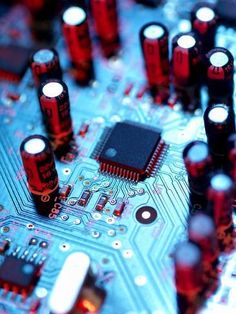Flyback diodes are connected in parallel across the terminals of an inductor. When current flows through the inductor, an electromotive force (EMF) is generated across its terminals. When the current ceases, this EMF can create a reverse voltage that affects other components in the circuit. When the current flowing through the inductor disappears, the induced EMF is dissipated through a loop formed by the diode and the inductor, thus protecting other components in the circuit.

When the current through the inductor changes, the inductor generates a reverse EMF to maintain the original current level, effectively preventing changes in the current through the inductor. The greater the rate of change of current, the larger the reverse EMF.
The inductor itself is part of the internal circuit for the reverse EMF, with the current flowing from low to high potential within this circuit, which is important.
According to this reasoning, when the current increases from a smaller to a larger value, the direction of the reverse EMF is the same as the original voltage direction. When the current decreases from a larger to a smaller value, the direction of the reverse EMF is opposite to the original voltage direction.
In circuits, a flyback diode is connected in reverse parallel across the terminals of a relay or inductive coil. When the inductive coil is de-energized, the EMF across its terminals does not disappear immediately. The residual EMF is released through a diode, known as a flyback diode. This diode acts to neutralize the reverse EMF by providing a path for current, thus protecting other circuit components.
The relay coil is a large inductor that stores energy in the form of a magnetic field. When the relay is activated, it stores a significant amount of magnetic field energy. When the controlling transistor switches from conducting to off, the coil is de-energized but still has a magnetic field. This generates a reverse EMF that can exceed 1000V, potentially damaging the transistor or other circuit components. The diode is connected in such a way that it aligns with the direction of the reverse EMF, allowing the reverse voltage to be neutralized through the flyback diode, thereby protecting other circuit elements. Therefore, it is generally a fast-switching diode, like a Schottky diode, which is used for its quick response.
Flyback diodes are often used with energy storage components to prevent sudden changes in voltage and current, providing a path for continuous current to the load and smoothing out current fluctuations. In switch-mode power supplies, you can find a flyback circuit consisting of a diode and a resistor in series, connected in parallel with the transformer primary. When the switch is turned off, the flyback circuit releases the stored energy from the transformer coil, preventing excessive induced voltage from damaging the switch.
Generally, fast recovery diodes or Schottky diodes are used to dissipate the reverse EMF generated by inductors.

